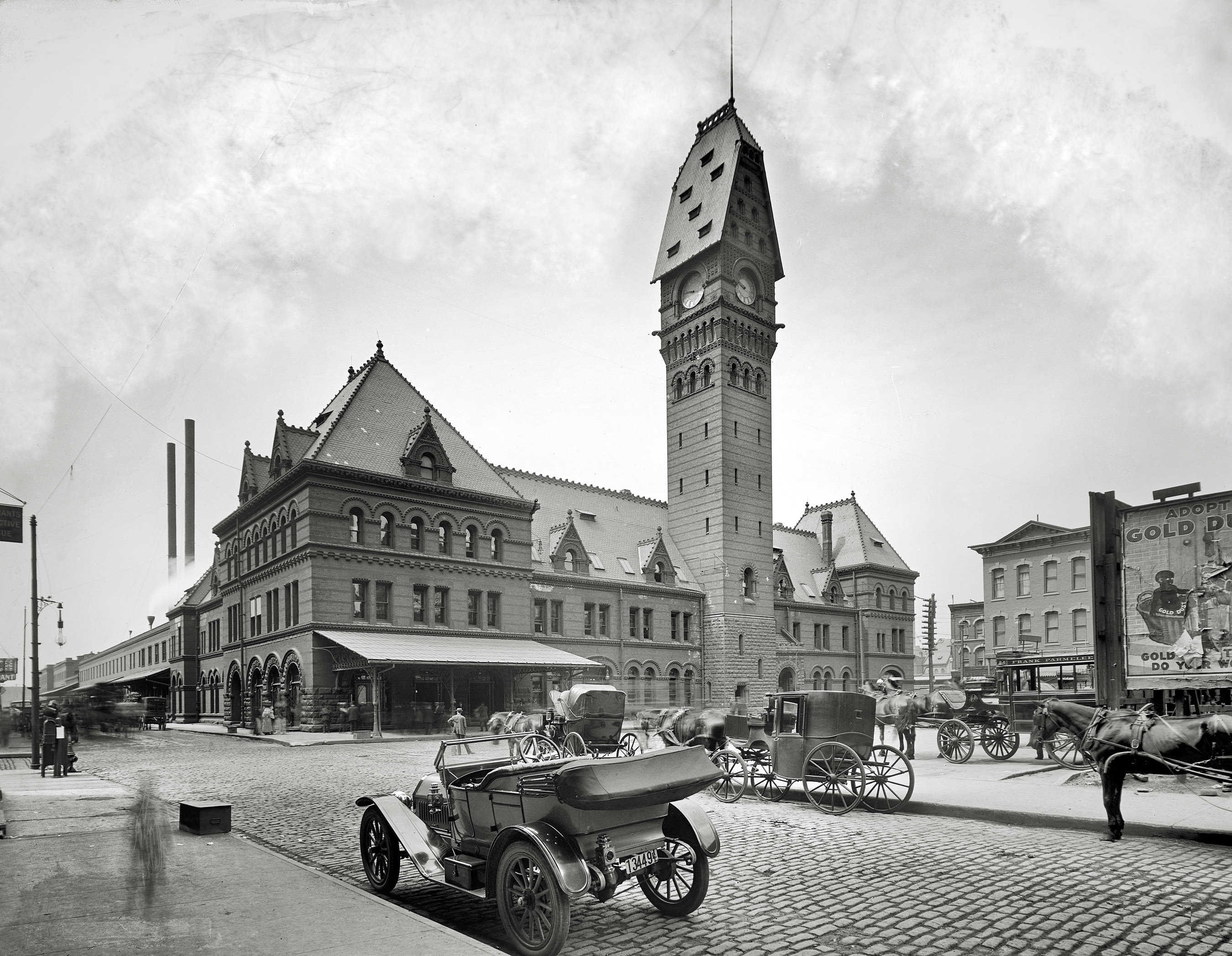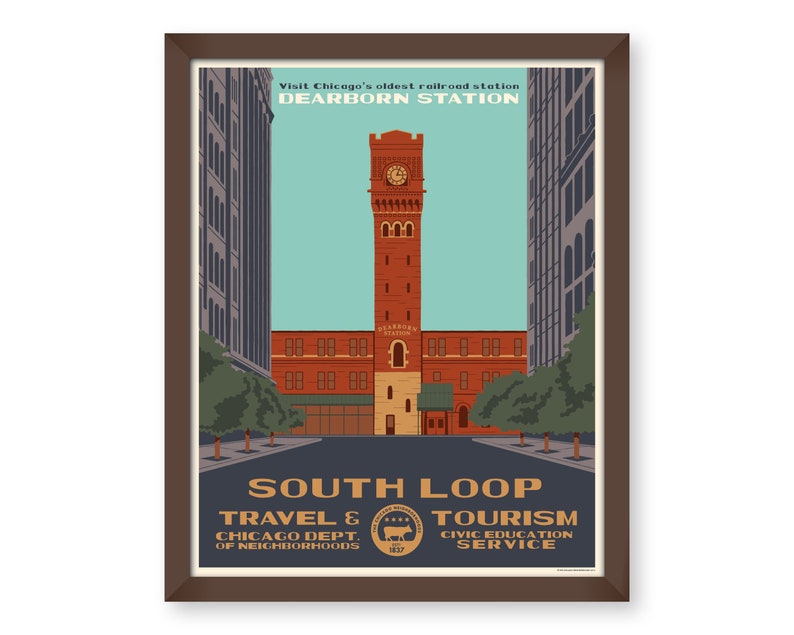Chicago's Dearborn Station is a historic transportation hub that has played a significant role in the city's history and development. Built in 1885, it was the first railway station in Chicago to serve multiple rail lines. Over the years, the station has been home to numerous railroad companies and played a crucial role in the growth of the South Loop neighborhood.
The Beginnings of Dearborn Station
The idea for Dearborn Station came from the Chicago and Western Indiana Railroad, which was looking for a way to consolidate its passenger operations in the city. At the time, the railroad had several different terminals scattered throughout Chicago, which made it difficult to manage and inefficient for passengers. The company decided to build a new, centralized station that would allow it to streamline its operations and provide a better experience for passengers.
In 1881, the Chicago and Western Indiana Railroad purchased a site on Dearborn Street between Polk and Taylor. The site was chosen because it was located near the heart of the city and was easily accessible by both rail and streetcar. The station was designed by Cyrus L.W. Eidlitz, a prominent New York architect who was known for his work on train stations and other public buildings.
Construction on the station began in 1883 and was completed two years later. The building was an impressive structure that featured a central clock tower, a large waiting room, and multiple platforms for trains. The station was also unique because it served several different rail lines, including the Chicago and Eastern Illinois Railroad, the Michigan Central Railroad, and the Wabash Railroad.
Impact on the South Loop Neighborhood
The construction of Dearborn Station had a significant impact on the South Loop neighborhood. Prior to the station's construction, the area was largely residential, with a few factories and warehouses scattered throughout. However, the station brought new businesses and commerce to the area, including hotels, restaurants, and retail stores. The station also served as a gateway to the city for many travelers, which helped to boost the local economy.
The station also played a crucial role in the development of Chicago's transportation network. The station's central location and access to multiple rail lines made it a key transportation hub for the city. It allowed passengers to easily transfer between different rail lines and made it easier for goods to be transported throughout the city and beyond.
Throughout the years, Dearborn Station continued to evolve and change. In the early 1900s, the station was expanded and renovated to accommodate more passengers and trains. However, as air travel became more popular in the mid-20th century, the station's importance began to decline. In 1971, the station was closed and its operations were consolidated with other rail yards in the city.
Today, Dearborn Station still stands as a reminder of Chicago's rich history and its importance in the development of the city's transportation network. While the station is no longer used for its original purpose, it has been repurposed for other uses, including retail stores, restaurants, and offices.
For example, UChicago Medicine has an urgent care facility located at Dearborn Station for convenient same-day care for the entire family. The American Montessori Academy South Loop also has a location at Dearborn Station offering year-round programs for children aged 8 weeks to 9 years old. The popular Jazz Showcase is also located in Dearborn station and so is Bar Louie.
It is one of our favorite buildings in the neighborhood and a unique monument to the history of the neighborhood. One of our favorite prints is this one:
You can find that at the following etsy site if you want to buy one for your place.
Dearborn Station is an important part of Chicago's history and has had a significant impact on the development of the South Loop neighborhood. The station's central location and access to multiple rail lines helped to make it a key transportation hub for the city, and its construction brought new businesses and commerce to the area. While the station's operations have since ceased, it remains an important part of Chicago's architectural and cultural heritage.
Sources for additional reading:




No comments:
Post a Comment